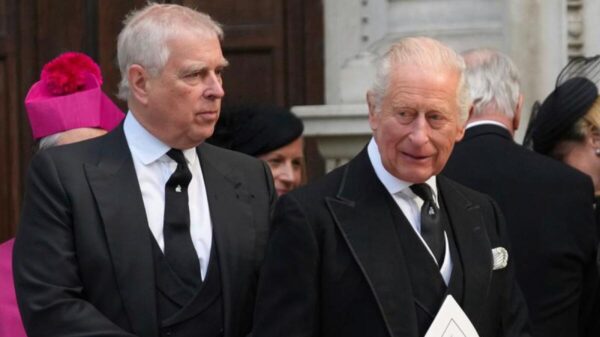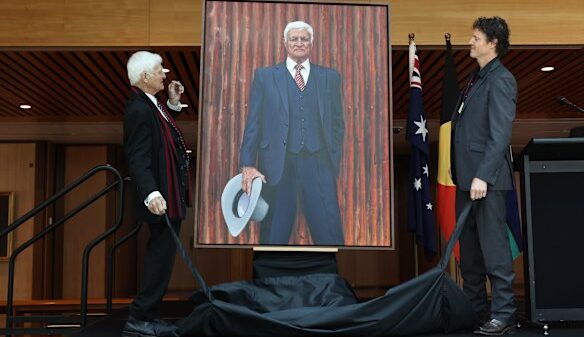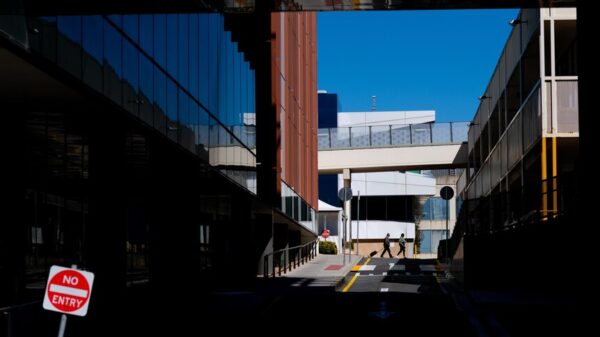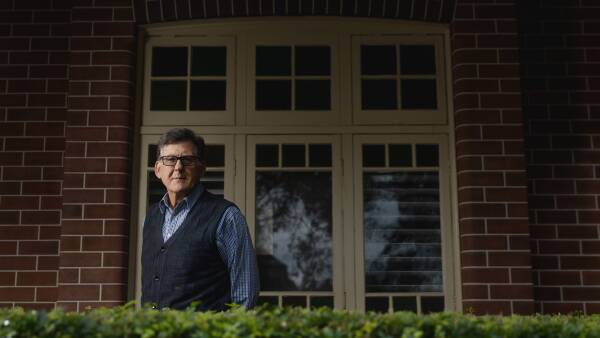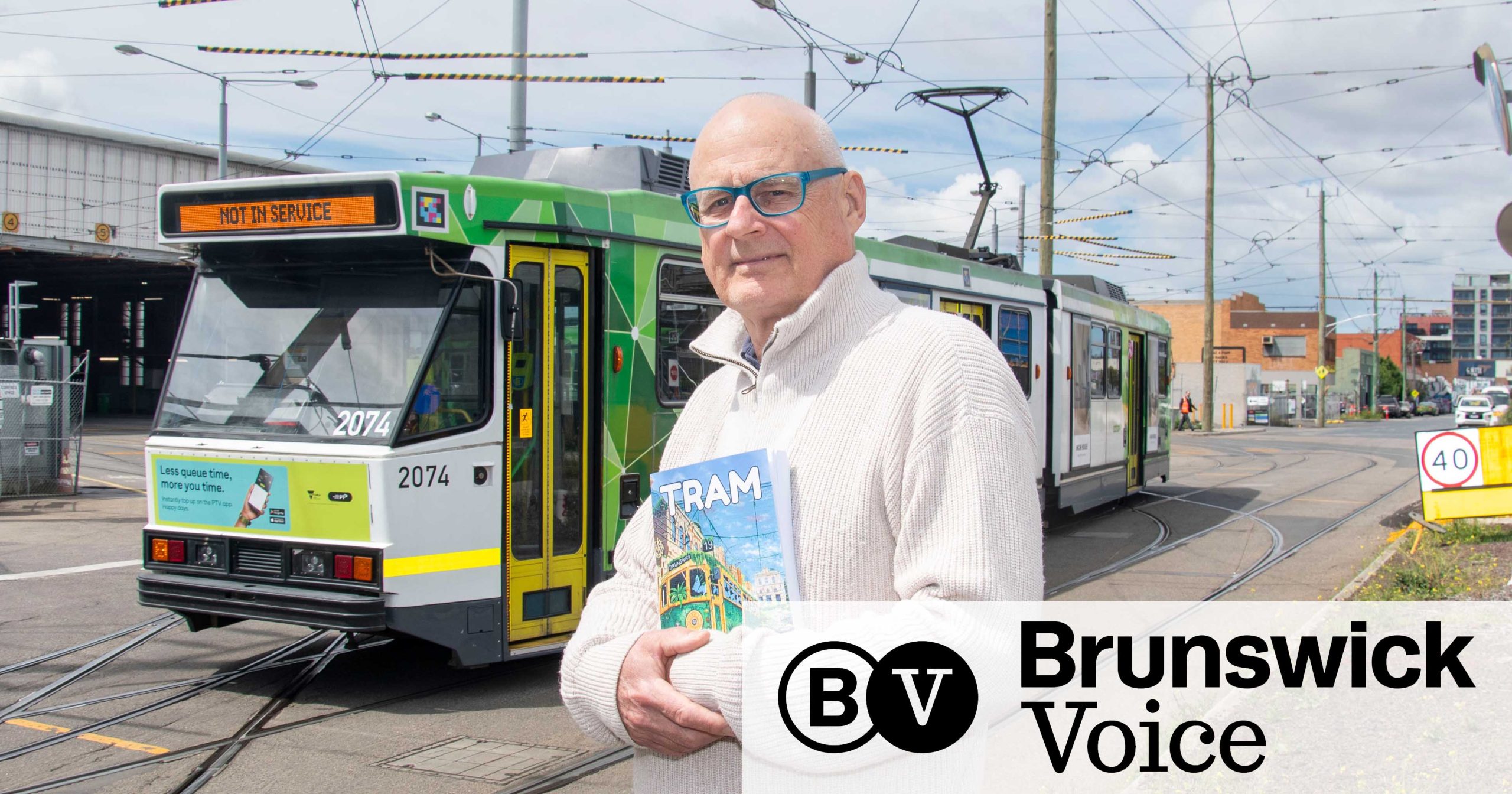Melbourne author Greg Gardiner has released a new book titled Tram, which explores the city’s extensive tram network through a blend of historical narrative and personal memoir. Gardiner, a long-time tram enthusiast and former conductor, spent over six years researching and writing the 348-page volume, which features a striking mural of a green W-class tram on its cover.
During his research, Gardiner traversed every kilometre of Melbourne’s tram system. Yet, he identifies the #19 route along Sydney Road as his favourite. “I think the 19 is absolutely magnificent,” he shared in a café near the Brunswick Tram Depot. “There’s so much history in the street, and the trams are really quite frequent. They’re like a character in a novel.”
Gardiner’s journey began while he recuperated from surgery, with the initial aim of updating the history of Melbourne’s trams. The result has evolved into a unique work that defies easy categorization, combining elements of history, memoir, and creative non-fiction. The book contains 47 chapters, including a prologue and epilogue, along with a comprehensive 12-page bibliography reflecting Gardiner’s background in the State Parliament’s Library Research Service.
The narrative covers not only the history of the tram network but also personal anecdotes, including Gardiner’s experiences driving a W-class tram and his conversations with fellow passengers. He describes how these interactions reveal the emotional connection many Melburnians have with trams. “So often you hear people say, ‘I was on the tram’ when recounting a story,” he noted.
Gardiner’s exploration led him to examine the reasons behind the tram network’s survival, unlike many other cities that abandoned trams in favour of automobiles. Melbourne boasts the largest tram network globally, featuring 250 kilometres of double tracks, 24 routes, and nearly 500 vehicles, facilitating over 160 million passenger rides annually.
The author attributes the tram system’s endurance to influential figures such as Robert Rissom, a long-serving chairman of the Melbourne & Metropolitan Tramways Board, who championed the network during challenging times. Gardiner believes that trams are now integral to Melbourne’s identity, enhancing the city’s character and fostering a sense of community.
Gardiner’s research began at the Victorian Parliament’s Library, where he delved into the legislation that established the tram network in the 1880s. His method of route exploration involved choosing a destination by pinning a map of Melbourne, allowing for spontaneous observations and interactions that enriched his understanding of the tram system’s role in the city’s growth.
He elaborated on the historical significance of trams in Melbourne, stating, “The Melbourne that I really loved was constructed around the time that the cable tram system got going.” He noted that many buildings along Sydney Road were erected after the introduction of trams, which transformed how people navigated the city, facilitating access to work, social events, and recreational activities.
With a rich background as a researcher and tram operator, Gardiner is well-positioned to provide such insights. He initially worked as a conductor and later trained as a driver, operating out of the Camberwell depot in the late 1970s. He expressed regret over the discontinuation of conductor positions in the 1990s, emphasizing their importance to community interaction.
Looking to the future, Gardiner is optimistic about the role of trams in Melbourne’s transport infrastructure. He welcomes the state’s initiative to manufacture trams locally instead of relying on imports. Gardiner argues for expanding the tram network to meet the demands of a growing population, stating, “Melbourne has five million cars, and it’s got 500 trams. If we add another million cars over the next decade, we’re going to have gridlock.”
He advocates for an increase in tram numbers and the development of cross-town lines, emphasizing the communal benefits of tram travel compared to driving. “When you’re on a tram, you’re with your fellow citizens… when you’re in your car, you’re isolated,” he remarked.
The book Tram is available for borrowing at the Brunswick Library and can also be ordered as a paperback through Books Online and Amazon. Through this work, Gardiner hopes to share the rich history of Melbourne’s trams and their emotional resonance with the city’s residents, inviting readers to appreciate this vital aspect of urban life.








